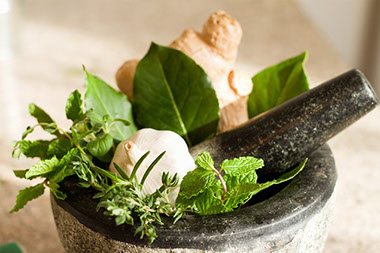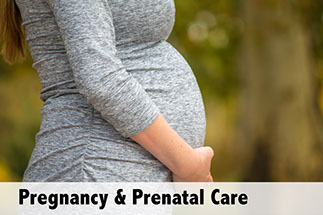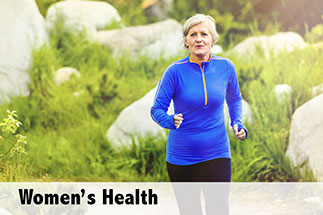Alternative Medicine
Complementary & Integrative Health

Complementary medicine is a non-mainstream practice used together with conventional medicine.
Integrative medicine coordinates complementary approaches into mainstream medicine.
Alternative medicine is non-mainstream medicine in place of conventional medicine.
True alternative medicine is not common. Most people who use non-mainstream approaches use them with conventional treatment.
The National Health Interview Survey (NHIS) found that 33.2% of adults in the U.S. used complementary health approaches.
Natural products.
These use substances found in nature, often sold as dietary supplements. Examples are:
• Herbs. Chemicals from herbs, plants, or plant parts act upon the body in a therapeutic way.
• Vitamins and minerals. These are the most common dietary supplement used. About 40% of adults take a multivitamin and mineral (MVM).
• Probiotics. These are defined as “live micro-organisms which, when given in adequate amounts, provide a health benefit on the host.”
Mind and body practices
These focus on the interactions among the brain, mind, body, and behavior. Some practices manipulate and/or move one or more body parts. Examples are:
• Acupressure. This applies pressure to certain places (acupoints) on the body by pressing on them with fingers or hands.
• Acupuncture. This uses needles that are inserted into the skin at certain points (acupoints).
• Chiropractic. This seeks to put the body into balance through manual realignment of the spine and other joints and muscles.
• Hypnotherapy. A person is put in a trance state to respond to suggestion to overcome a problem, such as a phobia, anxiety, or tobacco use.
• Meditation. This increases calmness and physical relaxation by using:
– A quiet location that is free of or has few distractions.
– A comfortable posture.
– A specific focus on a word or sensation.
– An openness to let distractions come and go without judging them.
• Massage therapy. This uses touching and rubbing techniques to relieve sore muscles and promote relaxation.
• Qi gong (“chee-GUNG”). This is part of traditional Chinese medicine. It uses movement, meditation, and controlled breathing to enhance the flow of “qi” in the body. (Qi is an ancient term for vital energy.)
• Relaxation therapies. These include breathing exercises, guided imagery, and progressive muscle relaxation.
• Tai chi. This is a series of postures and exercises of moving the body slowly and gently, and with awareness while breathing deeply.
• Yoga. A system of exercising using postures, breathing, and meditation.

Download an offline pdf file.
RELATED ARTICLES
2021 © American Institute for Preventive Medicine - All Rights Reserved. Disclaimer | www.HealthyLife.com








